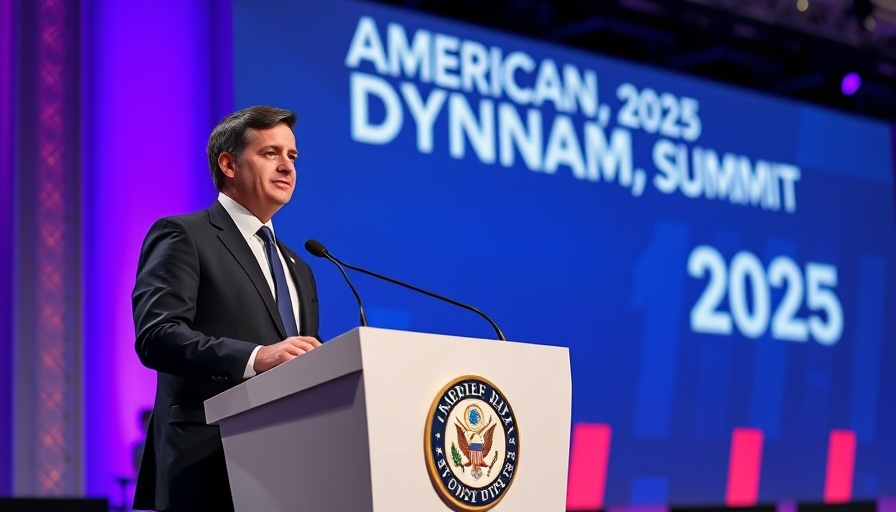
J.D. Vance's Forecast: Embracing Innovation Over Regulation
In a bold proclamation at the Andreessen Horowitz American Dynamism Summit, Vice President J.D. Vance championed the notion that releasing AI from regulatory constraints is pivotal for both American workers and tech innovators. His comments stem from a vision that sees the future of artificial intelligence (AI) as a transformative force akin to the industrial revolution marked by the steam engine.
The Populist-Tech Alliance: Vance's Strategy for Progress
Vance articulated a harmonized approach for populists and tech enthusiasts, suggesting that both groups have been underserved by past governmental policies. He posited that current anxieties surrounding job displacement due to AI innovations often overshadow their potential to enhance job roles, increase wages, and foster economic dynamism. "I think there’s too much fear that AI will simply replace jobs rather than augmenting so many of the things that we do now," he stated, urging policymakers to reconsider the narrative surrounding AI.
Historical Context: Innovation's Track Record Under Challenge
History provides a foundation for Vance's assertions. Each technological advancement has indeed displaced some jobs. Yet, it has also prompted the creation of higher-paying and more engaging roles. When ATMs began to replace bank tellers, for example, the financial sector evolved with new job opportunities emerging in cybersecurity, software development, and customer service, which have become essential today.
Counterarguments: The Dangers of Deregulation
Despite Vance's optimism, skeptics in the industry voice concerns over deregulating AI technology, warning that unchecked innovation could lead to adverse consequences in employment and ethical standards. Critics argue that without regulatory frameworks, the advance of AI might further exacerbate economic inequalities and ethical dilemmas, leaving vulnerable populations at risk.
The Global Perspective: U.S. vs. Europe and China
Vance further positioned the Trump administration's stance as a direct challenge to international regulatory norms, particularly those emerging from Europe that impose stringent controls on AI. While European nations focus on equitable and safe AI deployment, the U.S. embraces a more laissez-faire approach, intending to attract talent and investment by minimizing bureaucratic barriers. This has raised key questions about global leadership in technology and the ethical implications of AI use.
The Future of Work: Promises vs. Strategies
As policy unfolds, the critical question remains: what plans exist to mitigate the workforce disruptions that AI may cause? Although Vance assured that new technologies would supplement workers, apprehensions over job security resonate within the labor community. Notably, industry experts urge the administration to articulate clear pathways for worker training and job transition strategies in light of automation's encroachment.
Actionable Insights: What This Means for Tech Innovators
For tech innovators navigating this landscape, understanding and leveraging Vance’s rhetoric may offer opportunities. Startups focused on ethical AI, workforce training, and enhancing human productivity via technology could align well with anticipated market dynamics. Engaging in dialogues about safe AI practices while advocating for a balanced regulatory environment could also resonate with both developers and the public.
Conclusion: Navigating the Future of AI and Employment
As thrilling as the prospects of deregulated AI may be, the journey ahead requires a conscientious effort to balance innovation with responsibility. Ensuring that technological advancement fosters a thriving workforce while addressing ethical responsibilities will define the success of the U.S. as a leader in the AI revolution. The ongoing discourse surrounding these themes will be crucial for both policymakers and citizens alike.
 Add Row
Add Row  Add
Add 



Write A Comment